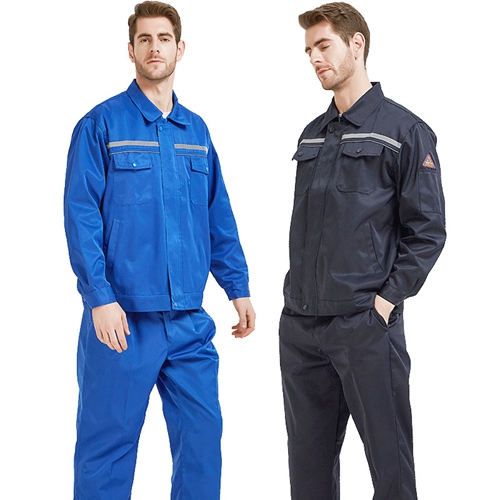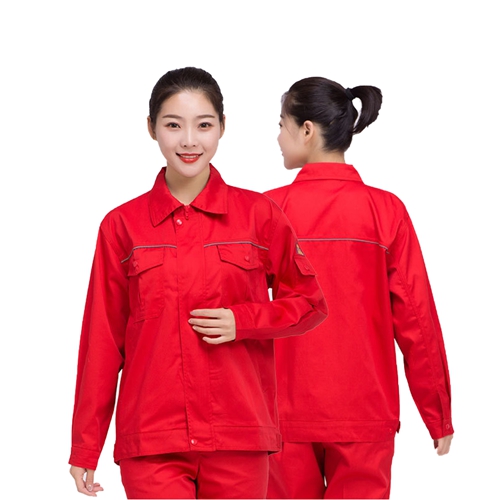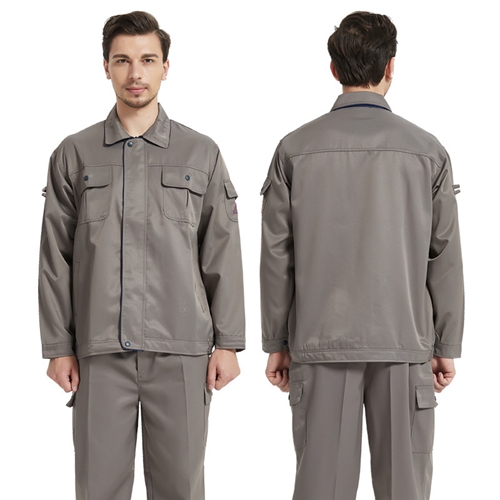CE Working Clothing—OEM & Printing for Construction?
CE Working Clothing: what to know before you buy in 2025
If you’re sourcing ce working clothing right now, you’ve probably noticed two things: buyers want customization yesterday, and compliance isn’t optional. I’ve been on factory floors where the embroidery heads never stop—because brand identity matters as much as seam strength, especially for OEM printing and embroidery personalized working clothes.

Industry trends (quick read)
- Multi-standard garments: EN ISO 13688 as the base; add-ons like EN ISO 20471 hi-vis, EN 343 rain, EN ISO 11612 heat.
- On-demand branding: mixed-method logos—embroidery for longevity, DTF/heat transfer for gradients.
- More inclusive sizing and fit blocks; better mobility panels (a bit of spandex goes a long way).
- Sustainability: OEKO-TEX Standard 100 materials; less solvent use in prints.

Product snapshot: OEM printing embroidery personalized working clothes
Origin: 26 YongPing Road, Northern Industrial Base, Hengshui City, Hebei, China. Applications stretch from supermarkets and chain shops to subway operations, gas stations, workshops, couriers, mechanics, security, traffic teams, cleaning crews, and even light outdoor use like hiking or cycling—real life, basically.

| Feature | Spec (≈, real-world use may vary) |
|---|---|
| Fabric options | 65/35 poly-cotton twill 245–270 gsm; ripstop; FR cotton on request |
| Sizes | XS–5XL (gendered or unisex fit) |
| Branding | Embroidery, screen print, heat transfer, DTF |
| Visibility | Retroreflective tape (EN ISO 20471-ready designs) |
| Closures | YKK zipper or metal snaps; bartack reinforcements |
| Wash durability | ≈50 cycles @ 60°C without major color loss |
| Compliance base | EN ISO 13688; other modules per model |

From material to delivery: the process
- Design brief and sizing set; sample in 5–10 days.
- Fabric selection and dye lot approval (OEKO-TEX fabrics preferred).
- Cutting, embroidery/print, stitching; seam sealing for rainwear.
- Testing: dimensional stability, color fastness, seam/tear strength; hi-vis retroreflectivity if applicable.
- Final QA, packing, and shipping (FOB/T/T, typically 15–30 days lead time).
Expected service life: around 18–30 months in normal duty; heavy industrial use trims that down. Many customers say pockets and zips outlive expectations—provided laundering follows the care label.

Certifications and indicative test data
- Base garment standard: EN ISO 13688 (mandatory when other PPE standards apply).
- Hi-vis option: EN ISO 20471; retroreflective R' ≥ 330 cd/lx·m² after 5 washes (typical lab result).
- Tensile strength: ≈1000 N warp / 700 N weft (245 gsm poly-cotton, internal lab).
- Color fastness to washing: 4–5/5; seam strength: ≈180 N; tear: ≈50–60 N.
- Materials can be supplied OEKO-TEX Standard 100; REACH compliant dyestuffs.

Where ce working clothing fits best
Retail teams (supermarkets, chain shops), facilities and offices, subway and transit, gas stations, repair and workshop crews, steel and light industry, couriers and takeout riders, security and patrol, road cleaners, emergency on-duty staff, plus travel and light riding. I’ve seen fleets kit out entire traffic units in one go—smooth when the spec is nailed early.

Vendor comparison (practical view)
| Criteria | Hengshui OEM (this product) | Local importer | Marketplace seller |
|---|---|---|---|
| MOQ | ≈200 sets | 50–100 (limited colors) | 1–20 (off-the-shelf) |
| Lead time | 15–30 days | Stock dependent | Immediate |
| Customization | Full (fabric, tape, logos) | Limited | Minimal |
| Standards | CE-ready designs; lab support | Varies | Rarely specified |
| Unit cost | Best at scale | Mid | Low, spec may differ |

Customization that actually helps
Pick pocket layouts for tools, add reflective piping, reinforce knees/elbows, or specify two-tone colorways for team roles. To be honest, a 10-minute fit session saves weeks of returns.

Mini case studies
Transit contractor: 1,200 hi-vis sets with heat-sealed logos; achieved EN ISO 20471 Class 2. Feedback after 6 months: better night visibility, fewer torn pockets.
Retail chain: 600 jackets + aprons, mixed embroidery and DTF branding. Staff said the lighter 245 gsm kept them cooler on the floor—small change, big comfort win.

Buying checklist for ce working clothing
- Confirm applicable standards (13688 plus any functional standard).
- Request size set and wash test data (≥50 cycles preferred).
- Lock branding method: embroidery for durability, DTF for color depth.
- Agree QA AQL, packaging, and after-sales spares (tape, zips).
Questions? The Hengshui team is responsive—actually fast—on samples and lab sheets.
References
- PPE Regulation (EU) 2016/425 — https://eur-lex.europa.eu
- EN ISO 13688:2013/A1:2021 Protective clothing — General requirements
- EN ISO 20471:2013+A1:2016 High visibility clothing
- EN 343:2019 Protective clothing — Rain protection
- OEKO-TEX Standard 100 — https://www.oeko-tex.com
-
Essential Guide to Safety Helmets for the Oil and Gas Industry
NewsNov.24,2025
-
Essential Guide to Safety Helmet for Baby – Protect Little Explorers with Confidence
NewsNov.24,2025
-
Comprehensive Guide to Safety Helmet Factory – Global Insights & Innovations
NewsNov.23,2025
-
Rockman Safety Helmet: Ultimate Industrial Head Protection Guide
NewsNov.23,2025
-
Race Safety Helmet – Essential Protection for Motorsport Champions
NewsNov.22,2025
-
Offshore Safety Helmet Guide: Protecting Workers in Harsh Marine Environments
NewsNov.22,2025
